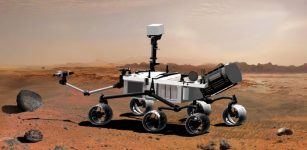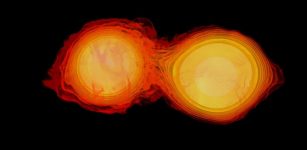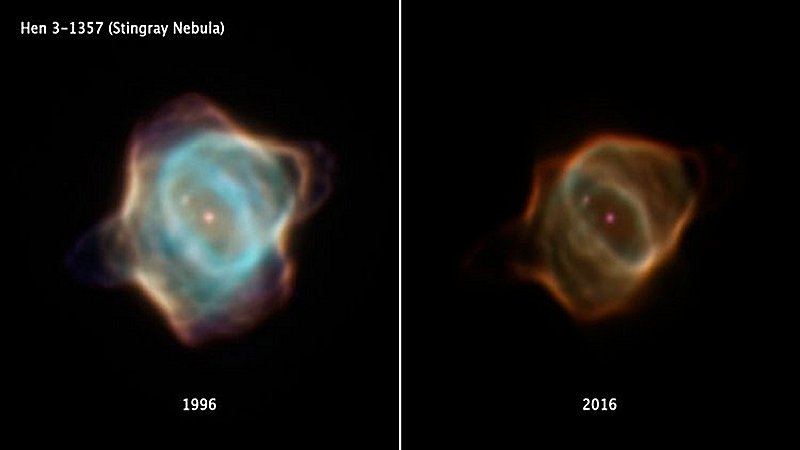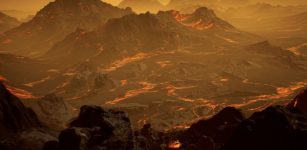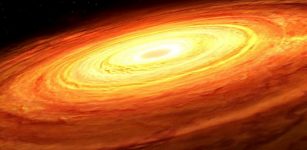Giant Comets ‘Centaurs’ – A Hazard To Earth, Astronomers Say
MessageToEagle.com – Hundreds of giant comets have been dicovered in the outer planetary system over the last two decades. These objects could pose danger to life on Earth and represent a much greater hazard to life than asteroids, according to research conducted by a team of astronomers from Armagh Observatory and the University of Buckingham.
The giant comets known as ‘centaurs‘, move on unstable orbits crossing the paths of the massive outer planets Jupiter, Saturn, Uranus and Neptune. The planetary gravitational fields can occasionally deflect these objects in towards the Earth.
- Centaurs are typically 50 to 100 kilometres across, or larger, and a single such body contains more mass than the entire population of Earth-crossing asteroids found to date.
- Calculations indicate that one will be deflected onto a path crossing the Earth’s orbit about once every 40,000 to 100,000 years.
Should Earth meet a centaur, it would likely disintegrate into dust and larger fragments, flooding the inner solar system with cometary debris and making impacts on our planet inevitable.
Astronomers say that the Earth encountered a centaur about 30,000 years ago and this object is responsible for significant environmental disaster on the planet and the decline of many ancient civilizations.
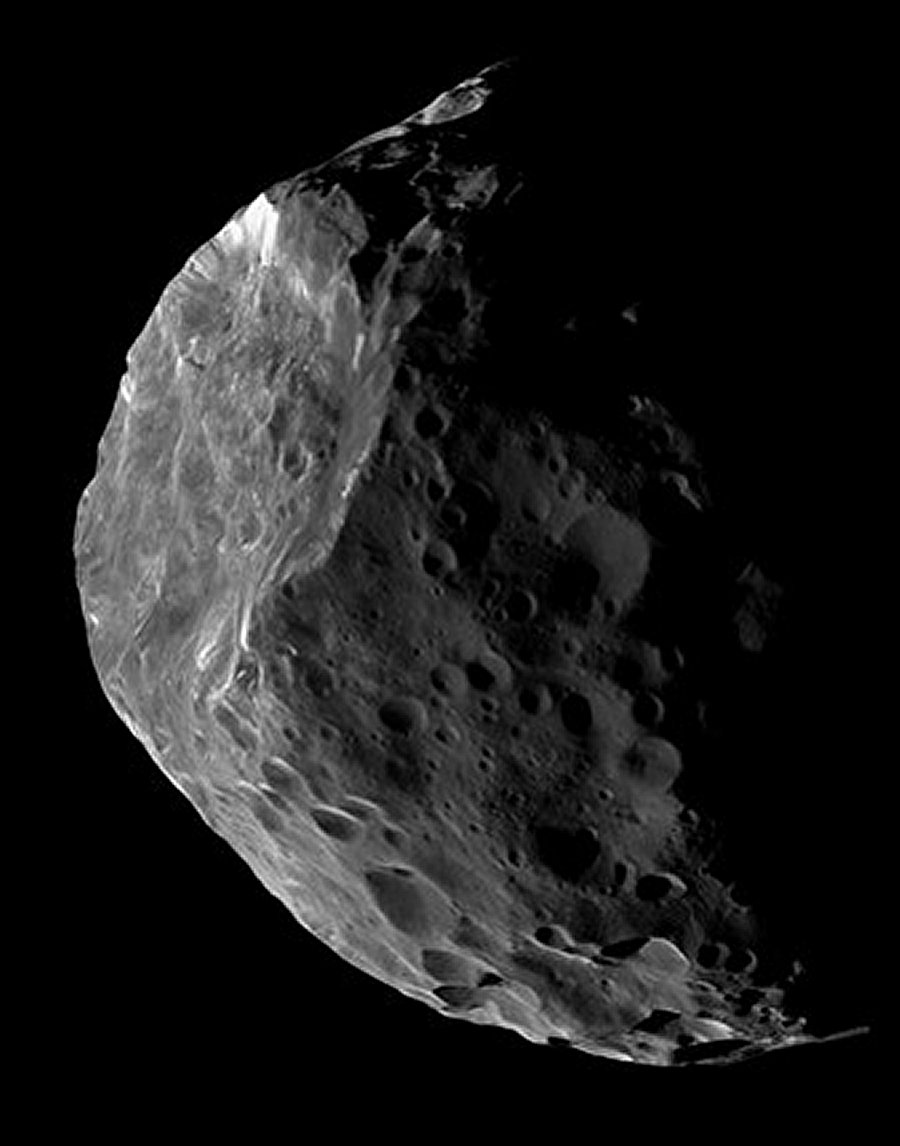
Specific episodes of environmental upheaval around 10,800 BC and 2,300 BC, identified by geologists and palaeontologists, are also consistent with this new understanding of cometary populations. Some of the greatest mass extinctions in the distant past, for example the death of the dinosaurs 65 million years ago, may similarly be associated with this giant comet hypothesis.
“In the last three decades we have invested a lot of effort in tracking and analysing the risk of a collision between the Earth and an asteroid,” Professors Bill Napier of the University of Buckingham, said in a press release.
“Our work suggests we need to look beyond our immediate neighbourhood too, and look out beyond the orbit of Jupiter to find centaurs. If we are right, then these distant comets could be a serious hazard, and it’s time to understand them better.”
The researchers have also uncovered evidence from disparate fields of science in support of their model. For example, the ages of the sub-millimetre craters identified in lunar rocks returned in the Apollo program are almost all younger than 30,000 years, indicating a vast enhancement in the amount of dust in the inner Solar system since then.
Research is published in the December issue of Astronomy & Geophysics (A&G).
MessageToEagle.com
via RAS


